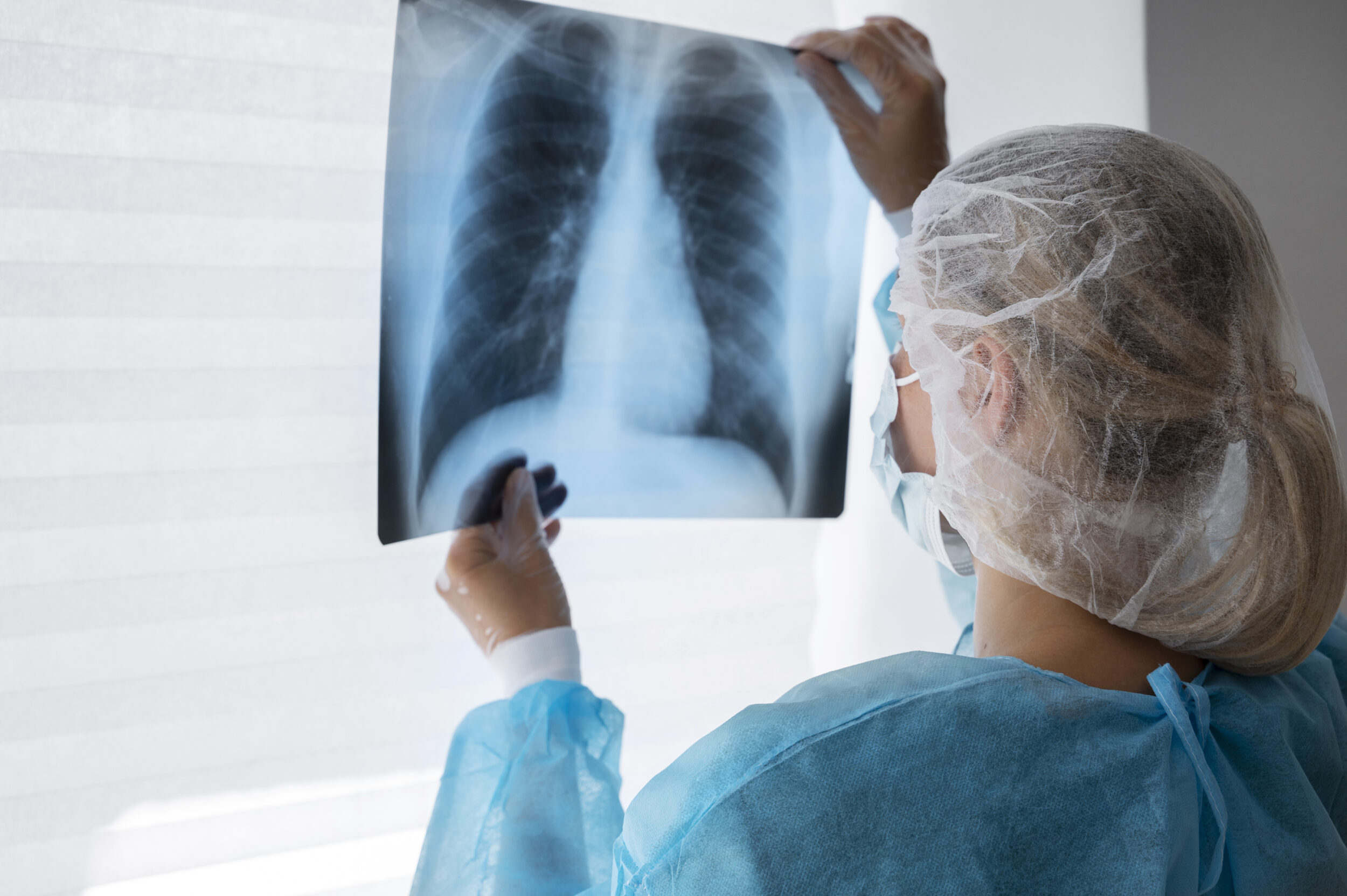Acute Respiratory Infections

Hospital-acquired pneumonia (HAP) and ventilator-associated pneumonia (VAP) are significant threats to hospitalized patients, being among the most prevalent nosocomial infections, with an estimated prevalence of 22%1. These infections cause significant morbidity, mortality, and high economic burden to third-party payers and society. According to an estimate from the U.S. Centers for Disease Control and Prevention (CDC), infections acquired in hospital cost more than 30 billion per year to US hospitals2.
HAP/VAP
Hospital-Acquired Pneumonia (HAP)
Hospital-acquired pneumonia (HAP), caused primarily by bacteria such as Staphylococcus aureus, Streptococcus pneumoniae and Haemophilus influenzae, is a serious concern for patients who have been in the hospital for more than 48 hours.
With an incidence of 5 to 20 cases per 1000 admissions and a mortality rate of up to 30% in Intensive Care Units (ICUs)3, it stands as a leading cause of death from nosocomial infections4.
Ventilator-Associated Pneumonia (VAP)
Ventilator-associated pneumonia (VAP), commonly triggered by Pseudomonas aeruginosa, Staphylococcus aureus and Klebsiella pneumoniae, is a pulmonary infection affecting patients on ventilatory support. The incidence of VAP ranges from 2 to 16 cases per 1000 ventilator days, and it is estimated that VAP is associated with a mortality rate of 13%1. Prolonged use of mechanical ventilation can further increase the risk of lung infections, leading to delayed ventilator liberation from 7.6 to 11.5 days and prolonged ICU stays from 11.5 to 13.1 days, resulting in additional hospital costs of around $40,000 per patient1-4.
Main priority pathogens responsible for HAP / VAP1

Pseudomonas
aeruginosa

Staphylococcus
aureus

Streptococcus
pneumoniae

Klebsiella
pneumoniae

Medical Needs
The emergence of antibiotic-resistant strains of bacteria adds complexity to the treatment of HAP/VAP. These infections are frequently caused by multi-resistant bacteria, classified as priority pathogens by the WHO, which significantly limits available therapeutic options. In Europe, alarming percentages of resistant bacteria are detected in patients with HAP1.
AUROBAC Therapeutics is dedicated to developing novel products to address the pressing medical needs related to these acute respiratory infections.
Sources
1. Kalil, A. C. et al. Management of Adults With Hospital-acquired and Ventilator-associated Pneumonia: 2016 Clinical Practice Guidelines by the Infectious Diseases Society of America and the American Thoracic Society. Clin. Infect. Dis. 63, e61–e111 (2016).
2. R. Douglas Scott II. The Direct Medical Costs of Healthcare-Associated Infections in U.S. Hospitals and the Benefits of Prevention. Cent. Dis. Control Prev. (2009).
3. Lynch, J. P. Hospital-Acquired Pneumonia: Risk Factors, Microbiology, and Treatment. CHEST 119, 373S-384S (2001).
4. Torres, A. et al. International ERS/ESICM/ESCMID/ALAT guidelines for the management of hospital-acquired pneumonia and ventilator-associated pneumonia: Guidelines for the management of hospital-acquired pneumonia (HAP)/ventilator-associated pneumonia (VAP) of the European Respiratory Society (ERS), European Society of Intensive Care Medicine (ESICM), European Society of Clinical Microbiology and Infectious Diseases (ESCMID) and Asociación Latinoamericana del Tórax (ALAT). Eur. Respir. J. 50, (2017).